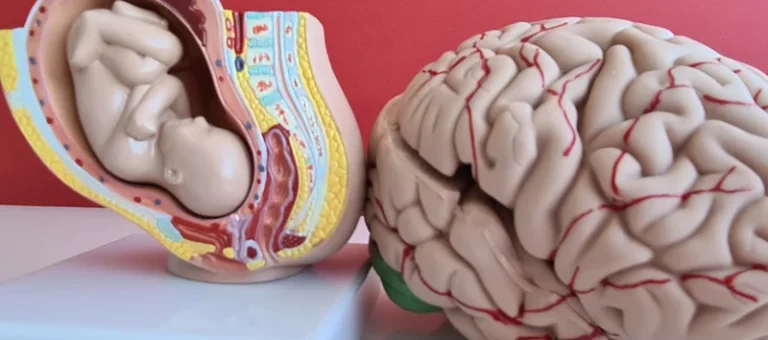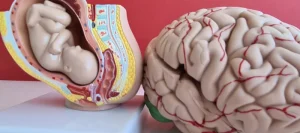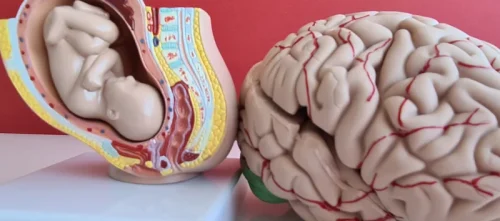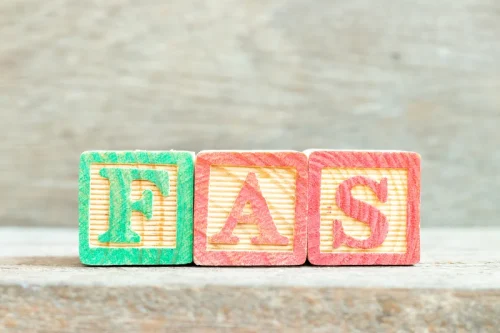
Instead of feeling defensive, dig into the information that your response gives you. Understanding what caused the dissonance can help you figure out the best way to address it. Cognitive bias is the tendency to process information in the light of our own experiences.

How To Reduce Cognitive Dissonance
- Before they went on stage, they were told to think of a time when they didn’t exhibit that behavior.
- That is, there is mental discord related to a contradiction between one thought (in this case, knowing he did something wrong) and another (thinking that he is honest).
- It helps people get started on the “psychological work” needed to reduce inconsistencies.
- There are a variety of ways people are thought to resolve the sense of dissonance when cognitions don’t seem to fit together.
- People will usually rate the chosen university as better and the rejected option as worse after having made their decision.
Allaya is passionate about whole-person wellness, yoga, and mental health. Before they went on stage, they were told to think of a time when they didn’t exhibit that behavior. The participants felt like hypocrites — but their intention to take the positive action increased. As we mentioned earlier, many people know that smoking is harmful to their health — yet they continue to do it. For example, let’s say you watch a documentary that gives you some new beliefs about the ethics of fast fashion. You didn’t think about it much before, but if you continue to make the same clothing choices, you’ll feel some cognitive dissonance.
The Drive Properties of Dissonance: Reality or Metaphor?
As with all lies, it depends on the size of the lie and whether it’s more likely to hurt you in some way in the long run. We tell “little white lies” everyday in our social lives (“Oh yes, that’s a great color on you!”) that bring little harm to either side and help smooth over otherwise awkward situations. So while cognitive dissonance resolves the internal anxiety we face over two opposing beliefs or behaviors, it may also inadvertently reinforce future bad decisions.

Health Categories to Explore
- Both theories address cognitive consistency, but in different contexts.
- For example, turning pegs (as in Festinger’s experiment) is an artificial task that doesn’t happen in everyday life.
- People who feel it could realize, for example, that they need to update their beliefs to reflect the truth, or change their behavior to better match the person they want to be.
- That means that when we take in new information, we don’t interpret it objectively.
- This can mean either changing behavior or ignoring the truth to avoid discomfort.
- Staw (1974) used dissonance theory to understand the reactions of Americans to the lottery that determined whether they would be drafted for the Vietnam War.
The fact that dissonance has a magnitude and the magnitude can predict different degrees of cognitive change was different from prior theorizing. Psychology was no longer limited to describing balanced and imbalanced states but could now operate with dynamic predictions about the magnitude of the imbalance and the degree to which people would be motivated to change their cognitions. Social comparison generated considerable interest and addressed a basic motivation for people to engage in attitude change. Festinger proposed that people change their attitudes not only because of the legitimacy of the arguments they hear but also to satisfy a basic motivational drive.

The theory of cognitive dissonance proposes that people are averse to inconsistencies within their own minds. It offers one explanation for why people sometimes make an effort to adjust their thinking when their own thoughts, words, or behaviors seem to clash with each other. People who learn that greenhouse emissions result in global warming might experience feelings of dissonance if they drive a gas-guzzling vehicle. To reduce this dissonance, they may seek out new information that overrides the belief that greenhouse gasses contribute to global warming. For example, behaving in ways that are not aligned with your personal values may result in intense feelings of discomfort.
- People with a higher need for consistency and certainty in their lives usually feel the effects of cognitive dissonance more than those who have a lesser need for such consistency.
- Some of that dissonance can be a good thing, but too much (or too much unresolved tension) means we’re constantly at conflict with ourselves.
- The controversial prediction arose from the nuance that Festinger & Carlsmith added to the experiment.
Take action

Cognitive dissonance is the discomfort you feel when you have two contradictory beliefs or values. Examples of cognitive dissonance include a smoker who knows cigarettes are dangerous, a company that doesn’t follow its own code of ethics, or a person who avoids speaking about a past trauma while still dealing with it in the present. When faced with conflict, you may experience cognitive dissonance if you make a decision to lessen potential conflict between you and other people, but it’s not necessarily a decision you fully believe in.
- The irony is that people generally agree with pro-health behaviors, but fail to have sufficient motivation to do them.
- One group of students was given an opportunity to absolve themselves of responsibility by filling out a rating scale on the degree of responsibility they felt to write the essay.
- I believe that social scientists have learned so much about the dissonance concept as a force that drives our thoughts and behaviors, that we are in an excellent position to apply it confidently to improve aspects of people’s lives.
- In my view, these studies are interesting because they provided a link between theoretical issues that we have studied in the laboratory and real-world practices that can improve lives.
As an illustration, Focella et al. (2016) established vicarious hypocrisy by having participants witness a fellow student make a public pro-attitudinal statement about using sunscreen whenever one goes outdoors. The participants also witnessed the speaker admit that there had been occasions when she failed to follow her own advice – that is, she had forgotten or neglected to use sunscreen in the past. In a series of studies, we found that witnesses bolstered their own attitudes and intentions to use sunscreen, and also purchased more sunscreen, after observing the admission of hypocrisy by the fellow student. As predicted by vicarious hypocrisy theory, this occurred when the hypocritical student was in the same group as the participant and when the participant strongly identified with her group.

They were then paid either $1 or $20 to tell a waiting participant (a confederate) that the tasks were really interesting. Almost all of the participants agreed to walk into the waiting room and persuade the confederate that the boring experiment would be fun. When someone is forced to do (publicly) something they (privately) really don’t want to do, dissonance is created between their cognition (I didn’t want to do this) and their behavior (I did it). Saul McLeod, PhD., is cognitive dissonance and addiction a qualified psychology teacher with over 18 years of experience in further and higher education.